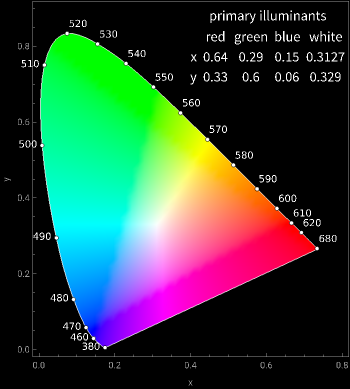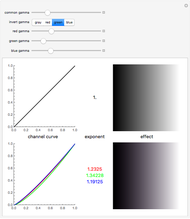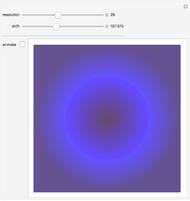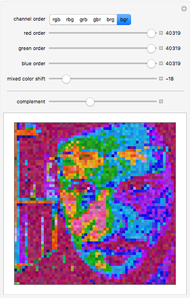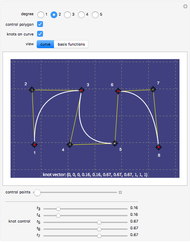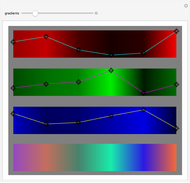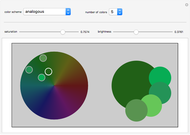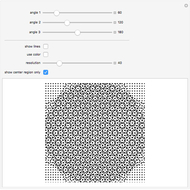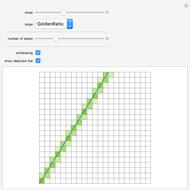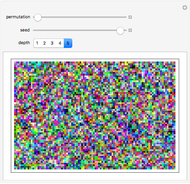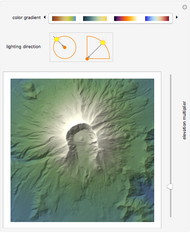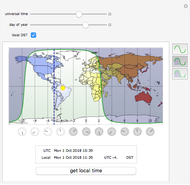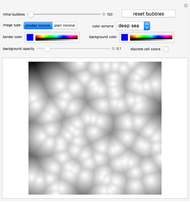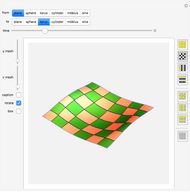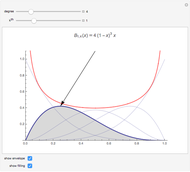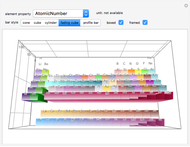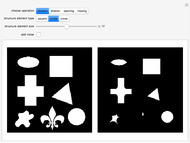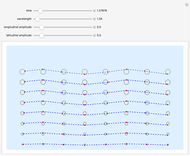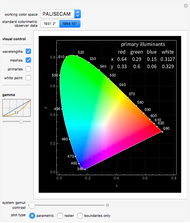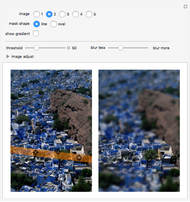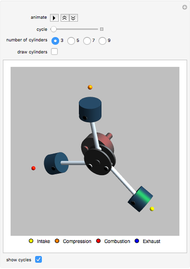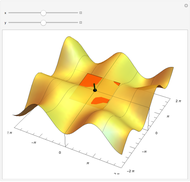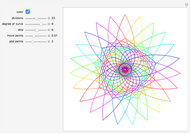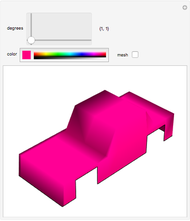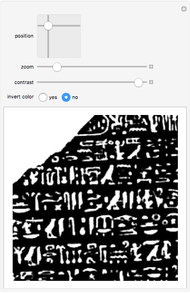CIE Chromaticity Diagram

Requires a Wolfram Notebook System
Interact on desktop, mobile and cloud with the free Wolfram Player or other Wolfram Language products.
The CIE chromaticity diagram represents a CIE XYZ color space projection to xyY and its approximated RGB color gamut defined by a working color space. The gamut boundary is based on CIE Standard Colorimetric Observer Data. Two sets of colorimetric data, CIE 1931 2° and 1964 10° observer data, are provided, from 360 to 830 nm, sampled at 5 nm.
[more]
Contributed by: Yu-Sung Chang ( {MonthName, Year, Day})
Open content licensed under CC BY-NC-SA
Snapshots
Details
Different working color spaces use different types of white point chromaticities. The NTSC system uses "C". CIE color space uses "E", the CIE equal-energy illuminant. Other color spaces use "D65" (color temperature 6500K).
The "system gamut contrast" slider makes the colors outside of the gamut darker, so that the gamut will be more visible.
Permanent Citation
"CIE Chromaticity Diagram"
http://demonstrations.wolfram.com/CIEChromaticityDiagram/
Wolfram Demonstrations Project
Published: Part[DateValue[, {MonthName, Year, Day}], 3] {MonthName, Year, Day}

